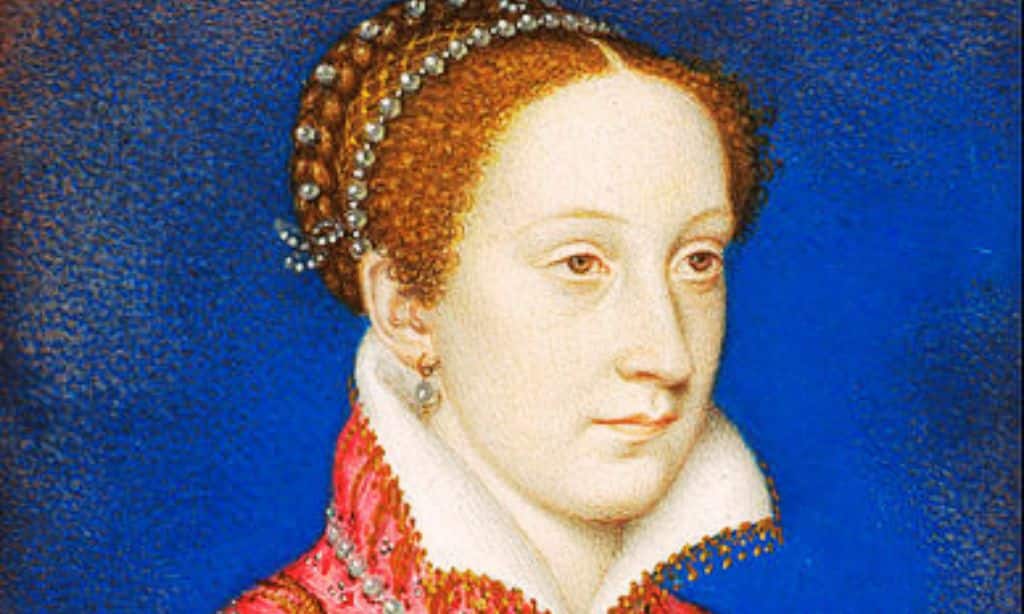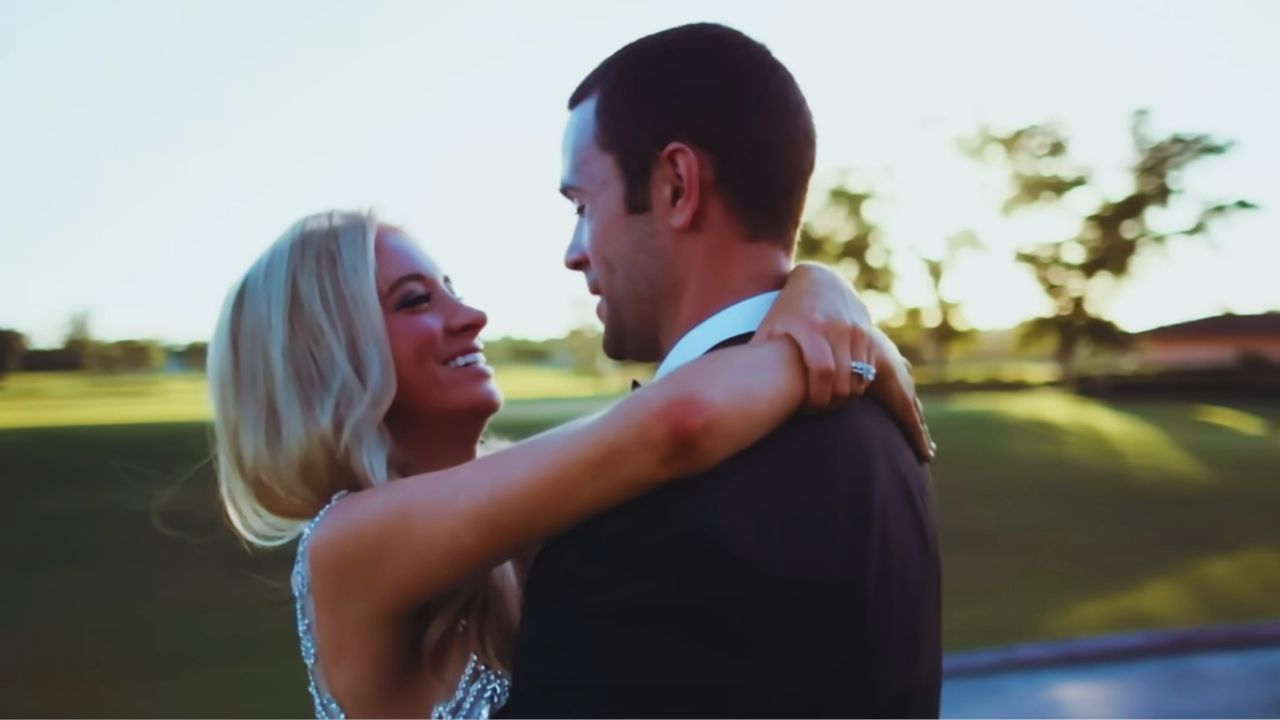Did you know that September 9 is a day full of exciting history? From big sea battles to important laws being signed, this day has seen it all. It’s also the birthday of some very famous people who changed the world with their work. In this article, we’ll explore the amazing events that happened on September 9 and learn about the lives of people born on this day.
Historical Events of September 9
A. Battle of Svolder (1000 AD)
Long ago, in the year 1000, a huge sea battle took place in the Baltic Sea. This fight is known as the Battle of Svolder. It was one of the biggest naval battles of the Viking Age.
The main person in this battle was King Olaf Tryggvason of Norway. He was on a ship called the Long Serpent. This ship was very big and strong for its time. King Olaf was fighting against the kings of Denmark and Sweden, and a Norwegian earl named Eric.
The battle was very fierce. Many ships fought against each other, but King Olaf’s ship was the last one left. Even though King Olaf and his men fought bravely, they were losing the battle. In the end, King Olaf decided to jump into the sea rather than be captured by his enemies. This dramatic end to the battle became a famous story in Viking history.
The Battle of Svolder was important because it changed who ruled over parts of Norway. It also showed how strong naval power was during the Viking Age.
B. Coronation of Mary Stuart (1543)
On September 9, 1543, something very unusual happened in Scotland. A baby named Mary Stuart became the Queen of Scots. She was only nine months old!
Mary became queen because her father, King James V, died when she was just a few days old. The coronation took place in Stirling, a town in central Scotland. Since Mary was just a baby, she couldn’t wear the heavy crown or hold the royal objects. Instead, these things were placed next to her during the ceremony.
This event was very important for Scottish history. Mary’s reign would later lead to big changes in Scotland and England. Her life was full of drama and ended sadly, but it all started with this unique coronation when she was just a baby.
C. First Glass Plate Photograph (1839)
On September 9, 1839, an English scientist named John Herschel did something that changed photography forever. He took the first photograph on a glass plate.
Before this, people used other materials to take photos, like metal or paper. But glass plates were better because they made clearer pictures. They also let photographers make copies of their photos more easily.
This new way of taking photos helped both scientists and artists. Scientists could now take better pictures of things they were studying. Artists could use photography in new and creative ways. John Herschel’s invention was a big step forward in the history of photography.
D. Hydrofoil Speed Record (1919)
On September 9, 1919, a special boat called a hydrofoil set a new speed record on water. This happened on Bras d’Or Lake in Nova Scotia, Canada. The boat went really fast – 114 kilometers per hour!
The hydrofoil was designed by a famous inventor named Alexander Graham Bell. You might know him as the person who invented the telephone. But he was interested in many other things too, including boats. Bell worked on this project with his wife, Mabel Bell, and their friend F.W. Casey Baldwin.
A hydrofoil is a boat that has wing-like parts under it. When it goes fast, these wings lift the boat out of the water. This makes the boat go much faster than regular boats.
This speed record was a big deal. It showed that hydrofoils could be a new way to travel on water. Even though hydrofoils didn’t become as common as regular boats, they’re still used today for some fast ferry services.
E. Signing of the Civil Rights Act (1957)
On September 9, 1957, something very important happened for fairness and equality in the United States. President Dwight D. Eisenhower signed the Civil Rights Act of 1957 into law.
This law was the first major civil rights law passed since the time right after the Civil War, almost 100 years earlier. It was meant to protect the voting rights of African Americans in the southern United States.
The law did several important things:
- It created a special part of the government to protect civil rights
- It made it illegal to stop someone from voting because of their race
- It allowed the government to take people to court if they disobeyed the law
While this law didn’t fix all the problems, it was an important first step. It opened the door for more civil rights laws in the 1960s that made even bigger changes.
Famous Birthdays on September 9
A. William Bligh (1754-1817)
William Bligh was a British naval officer born on September 9, 1754. He’s most famous for being the captain of a ship called HMS Bounty when its crew rebelled against him.
Here’s a quick look at William Bligh’s life:
| Event | Year |
|---|---|
| Born in Plymouth, England | 1754 |
| Joined the Royal Navy | 1762 |
| Became captain of HMS Bounty | 1787 |
| Mutiny on HMS Bounty | 1789 |
| Became Governor of New South Wales | 1806 |
| Died in London | 1817 |
Even though the mutiny made Bligh famous, he was actually a skilled sailor and leader. He made important maps of the Pacific Ocean and was good at navigating ships. After the mutiny, he managed to sail a small boat with loyal crew members over 3,500 miles to safety, which was an amazing feat.
B. Leo Tolstoy (1828-1910)
Leo Tolstoy, born on September 9, 1828, was one of the greatest writers in history. He was born in Russia and wrote some of the most famous books ever, like “War and Peace” and “Anna Karenina”.
Here’s a table of important events in Tolstoy’s life:
| Event | Year |
|---|---|
| Born in Yasnaya Polyana, Russia | 1828 |
| Published his first book | 1852 |
| Wrote “War and Peace” | 1865-1869 |
| Wrote “Anna Karenina” | 1873-1877 |
| Had a spiritual crisis and changed his beliefs | 1870s |
| Died in Astapovo, Russia | 1910 |
Tolstoy’s books are famous for their realistic portrayal of Russian life and their deep exploration of human nature. He wrote about big historical events, but also about the everyday lives and thoughts of his characters.
Later in his life, Tolstoy became very interested in religion and philosophy. He developed ideas about non-violence that later influenced people like Mahatma Gandhi and Martin Luther King Jr.
C. Frank Chance (1877-1924)
Frank Chance was a famous American baseball player born on September 9, 1877. He played for the Chicago Cubs (which were called the Chicago Orphans for part of his career) and later became a manager.
Here’s a quick look at Frank Chance’s career:
| Event | Year |
|---|---|
| Born in Salida, California | 1877 |
| Joined the Chicago Orphans/Cubs | 1898 |
| Led National League in stolen bases | 1903, 1906 |
| Led National League in runs | 1906 |
| Won World Series as player-manager | 1907, 1908 |
| Inducted into Baseball Hall of Fame | 1946 |
| Died in Los Angeles | 1924 |
Chance was known as a great first baseman and a smart baserunner. He was part of a famous infield group called “Tinker to Evers to Chance”. As a manager, he led the Cubs to two World Series wins. Because of his skills as both a player and a manager, he was voted into the Baseball Hall of Fame.
D. Cliff Robertson (1923-2011)
Cliff Robertson was an American actor born on September 9, 1923. He had a long career in movies and television, winning several awards for his work.
Here’s a table of key events in Robertson’s life and career:
| Event | Year |
|---|---|
| Born in La Jolla, California | 1923 |
| Started acting in movies | 1943 |
| Won Academy Award for Best Actor | 1968 |
| Played Uncle Ben in Spider-Man movies | 2002-2007 |
| Received a star on Hollywood Walk of Fame | 1983 |
| Died in New York | 2011 |
Robertson is best known for his role in the movie “Charly”, for which he won an Oscar. He also played President John F. Kennedy in a movie about Kennedy’s World War II experiences. Later in his career, he became known to a new generation of fans as Uncle Ben in the Spider-Man movies.
Besides acting, Robertson was also a pilot and was passionate about aviation. He often flew his own planes and was involved in promoting aviation safety.
E. Otis Redding (1941-1967)
Otis Redding was an American singer and songwriter born on September 9, 1941. He was one of the most important soul music artists of the 1960s.
Here’s a quick look at Otis Redding’s life and career:
| Event | Year |
|---|---|
| Born in Dawson, Georgia | 1941 |
| Recorded first hit song “These Arms of Mine | 1962 |
| Performed at the Monterey Pop Festival | 1967 |
| Recorded “(Sittin’ On) The Dock of the Bay” | 1967 |
| Died in a plane crash | 1967 |
| “(Sittin’ On) The Dock of the Bay” becomes a hit | 1968 |
| Inducted into Rock and Roll Hall of Fame | 1989 |
Redding had a powerful, emotional singing voice that made him stand out. He wrote many of his own songs, including “Respect”, which later became a huge hit for Aretha Franklin. His most famous song, “(Sittin’ On) The Dock of the Bay”, was recorded just days before his death and became the first posthumous number-one record on the Billboard Hot 100 chart.
Tragically, Redding died in a plane crash when he was only 26 years old. Despite his short career, he had a big influence on soul and rock music that continues today.
Takeaway
September 9 has been a day of big events and important births throughout history. From ancient sea battles to modern civil rights laws, this day has seen moments that changed the course of history. It’s also the birthday of people who made their mark in many different fields – from writing and music to sports and acting.
These events and people show us how diverse and exciting history can be. The Battle of Svolder reminds us of the age of Vikings, while the Civil Rights Act points to more recent struggles for equality. The birthdays we’ve explored show how individuals can impact the world through art, sport, and entertainment.
By learning about these events and people, we get a small glimpse into the rich tapestry of human history. It makes us wonder what important events might happen on future September 9ths, and what future great people might be born on this day.
References:
- Larson, L. M. (1912). Canute the Great. New York: G. P. Putnam’s Sons.
- Guy, J. (2004). My Heart is My Own: The Life of Mary Queen of Scots. London: Fourth Estate.
- Hannavy, J. (2007). Encyclopedia of Nineteenth-Century Photography. New York: Routledge.
- Gillis, A. (2009). Alexander Graham Bell: The Spirit of Innovation. Halifax: Formac Publishing Company Limited.
- Nichols, D. A. (2007). A Matter of Justice: Eisenhower and the Beginning of the Civil Rights Revolution. New York: Simon & Schuster.
- Alexander, C. (2003). The Bounty: The True Story of the Mutiny on the Bounty. New York: Viking.
- Wilson, A. N. (1988). Tolstoy. New York: W. W. Norton & Company.
- Pietrusza, D. (2003). Rothstein: The Life, Times, and Murder of the Criminal Genius Who Fixed the 1919 World Series. New York: Carroll & Graf Publishers.
- Lemmon, D. (2012). Cliff Robertson: Actor, Pilot, Philanthropist. Aviation History, 22(6), 14-15.
- Guralnick, P. (1999). Sweet Soul Music: Rhythm and Blues and the Southern Dream of Freedom. New York: Back Bay Books












































